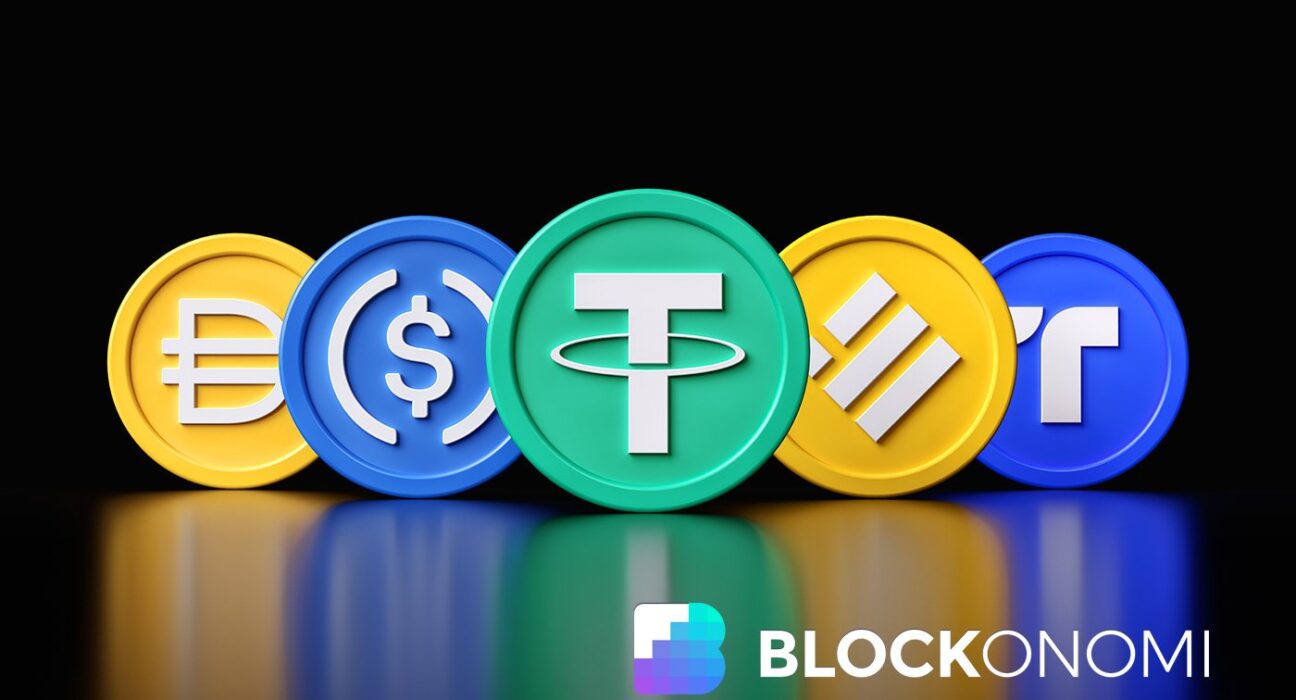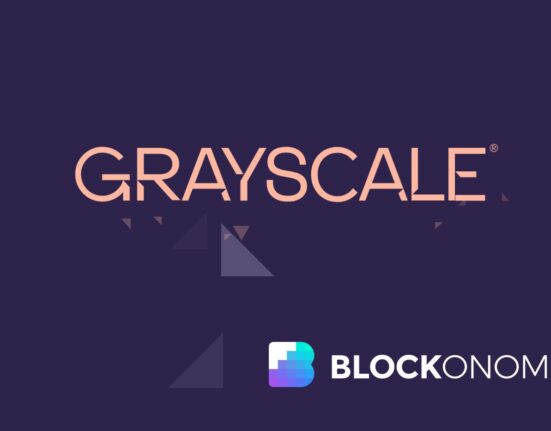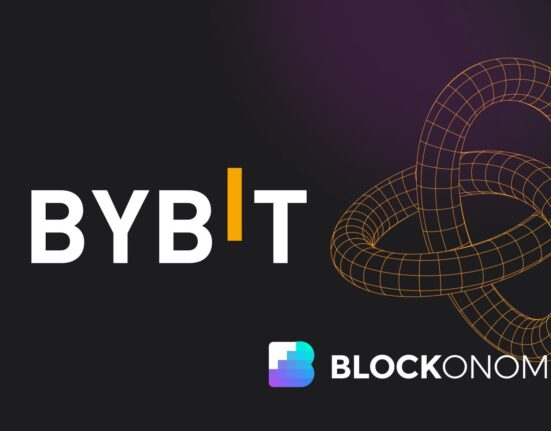TLDR:
- Scott Bessent’s stablecoins comments point toward CBDCs designed to tie crypto liquidity directly to U.S. Treasuries.
- Ripple technology may be used as infrastructure for CBDCs while regulators create cover with ongoing legal battles.
- CBDCs could replace private stablecoins as exchanges face pressure to integrate government-backed settlement rails.
- Critics say CBDCs risk erasing privacy and turning crypto into state-controlled programmable money.
A sharp warning is circling through crypto circles. U.S. Treasury Secretary Scott Bessent has been accused of plotting a shift that could wipe out stablecoins. His latest remarks raised concerns over how government-backed digital dollars may reshape the market.
Analysts claim this would give regulators direct control over liquidity and settlement. For many in the industry, the plan marks a turning point that challenges crypto’s original purpose.
Stablecoins, CBDCs, and Bessent’s Plan
In a shared thread, the account Orbion (@cryptorbion) argued that Bessent’s strategy points away from stablecoins like USDT or USDC. Instead, the goal is seen as a direct path to central bank digital currencies, or CBDCs.
These are not private tokens but state-issued digital dollars, tied to individual identity and monitored by authorities.
The concern raised is that stablecoins are being used as a cover story. According to Orbion, Bessent’s mention of “selling debt through stablecoins” signals a link between digital money and U.S. Treasuries. Each unit issued would increase demand for government bonds, creating tighter ties between crypto markets and state debt.
Critics argue that this structure hands control of liquidity to regulators. Exchanges would be forced to integrate CBDCs, leaving stablecoin issuers sidelined. Orbion warned that under this setup, private options like USDT and USDC lose relevance fast.
🚨Scott Bessent will DESTROY stablecoins
Bessent’s plan ties USDT and Ripple to U.S. bonds
That gives the Fed direct control over crypto liquidity
Here’s how they could crash the entire market in 1 day👇🧵 pic.twitter.com/CMWVeUquqC
— Orbion (@cryptorbion) August 19, 2025
The thread also described how CBDCs could carry programmable restrictions. Wallets could be frozen, payments blocked, or expiration dates added to tokens. This design, critics say, turns digital currency into an enforcement tool rather than a free-market asset.
Ripple, SEC, and the Road to Control
Orbion suggested Ripple’s existing technology may play a central role in building these systems.
With proven rails for settlement and liquidity management, it offers a ready-made structure for governments to adapt. The SEC dispute with Ripple was described as a public distraction masking deeper alignment.
According to the thread, regulators appear to be working in parallel with Ripple to set up infrastructure. The visible clashes create the perception of resistance, while integration advances behind the scenes.
This, Orbion suggested, clears the way for CBDCs to run on familiar rails.
For crypto users, the outcome looks very different from today’s environment. Peer-to-peer transactions could be replaced with approval-based systems. Privacy, long valued in crypto, would be stripped away as every transfer is logged and controlled.
Orbion concluded that Bessent’s comments were less about stablecoin innovation and more about financial engineering. By tying CBDCs to U.S. debt instruments, the state ensures ongoing demand for Treasuries while reshaping crypto into a controlled settlement layer.






